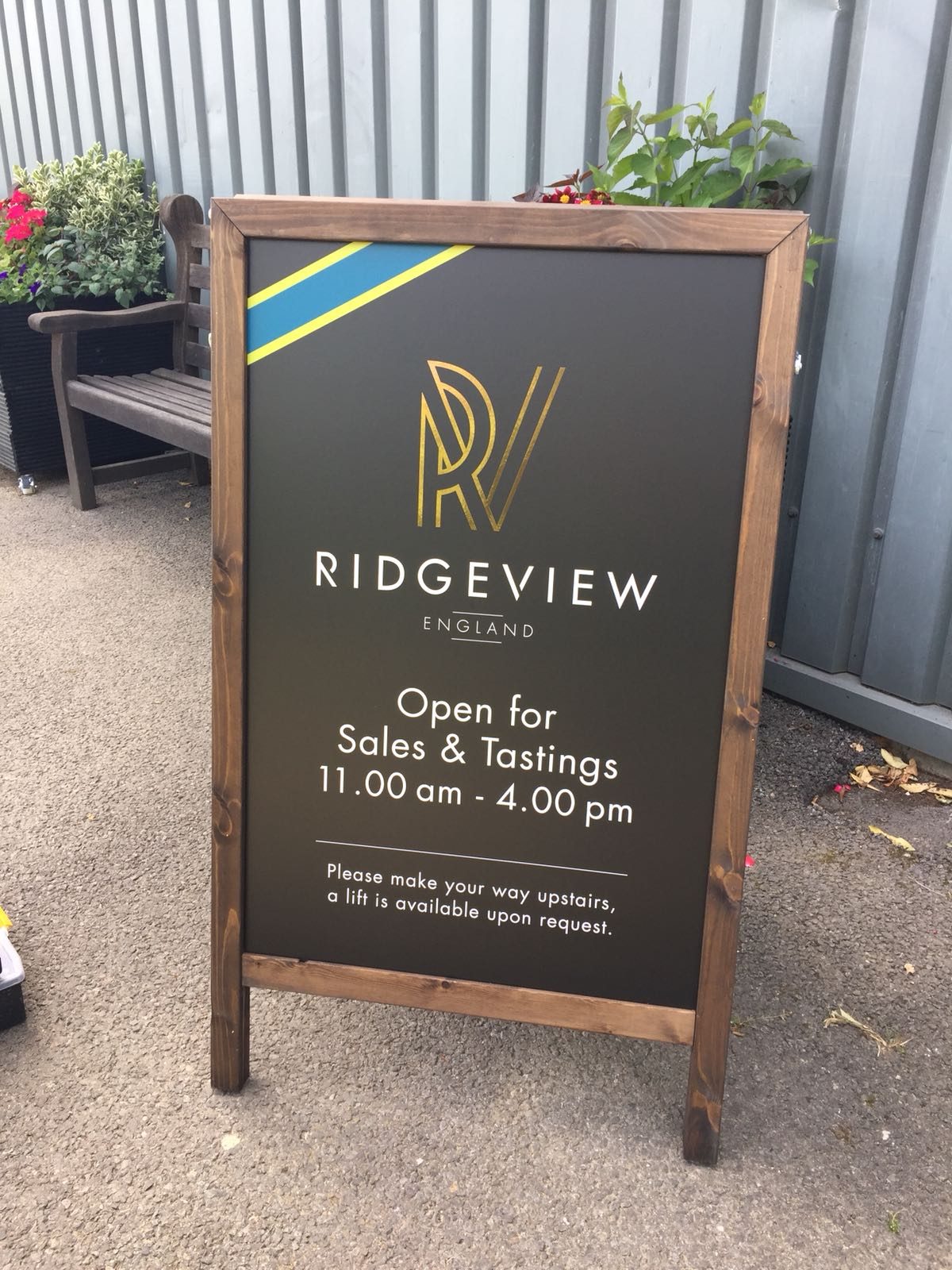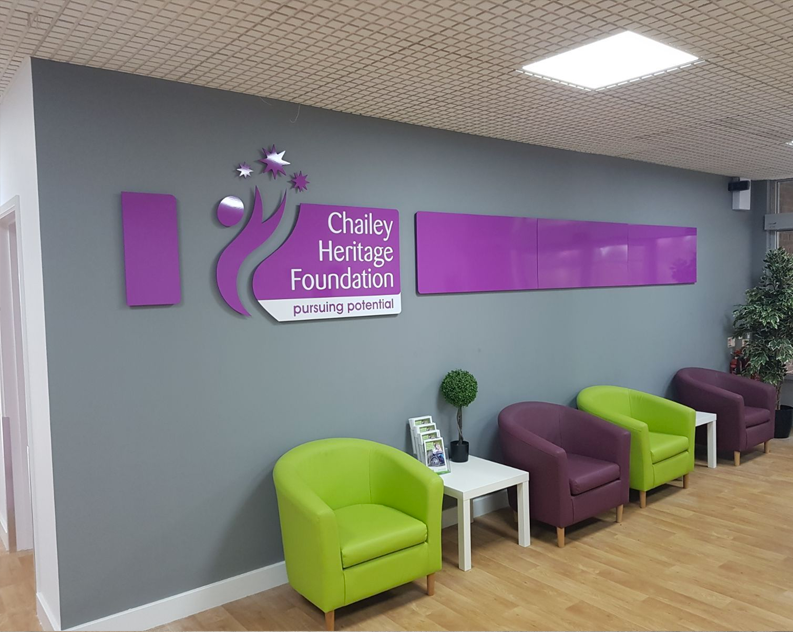If you’re holding an event in West Sussex, are you overlooking the basics such as your event wayfinding signs? These signs can help your guests move smoothly from place to place, which is why you need to put yourself in their place. People can get lost or become overwhelmed by the sheer scale of an event. Or they might just want to know how to get to the bathroom. By using well thought through signage that stays consistent with the branding of your event, you can help to manage what is often an undervalued aspect of your event.
Branded event wayfinding signs create a less stressful event. That in turn helps to optimise the event experience and creates positive feedback. By taking a visual approach to the challenges of event organisation and flow control, you contribute to a more organised environment for your guests.
Walk in your guests’ footsteps
Successful navigation depends on siting signs where your attendees are likely to see them when they need them. Directional signs for amenities like the restaurant or bathroom should be situated throughout the event, not confined to within a 10 feet radius of those locations. Walk through the layout in your guests’ shoes, asking the questions they’re likely to ask. That will help you to fine tune the positioning of your signs.
Use your branding wisely
Your signs need to be bold, bright and easy to read at a glance, otherwise the experience can quickly become frustrating rather than enjoyable. If your brand colours are suitable for creating easily readable signs, then use them. However, if they make your signs illegible, stick to approved high contrast accessibility colours and limit your branding to your logo. When you’re designing wayfinding signs, best practice in readability and inclusivity should always be your guide.
Keep signage simple
While it’s tempting to want to create a brand personality with your signs, you need to remember their primary purpose, which is to inform and guide your attendees. By all means, add your logo and use your branding fonts, but never let them obscure the message. Keep wording to a minimum and use universally recognised pictograms wherever possible. Only use personalisation where it’s appropriate and where it won’t obscure the primary function of your signs.
Think through arrows
Arrows are a part of the visual language of wayfinding, but think carefully about the way you use them. Never rely on them as the sole means of navigation and make sure that when you do use them, there’s no ambiguity in what they’re indicating. In fact, you may be better to use multiple signs rather than rely on arrows that could be interpreted in several different ways.
Professional wayfinding signs for your West Sussex event
When you need to create the right impression and ensure that you event is managed properly, you need to work with a professional sign company. At The Sussex Sign Company, we’ll discuss your wayfinding signage needs and put together floor and wall signs, A-frames and banners that help to create the optimum attendee experience. You’ll work with our professional designers to create the perfect signs for your event and to solve the challenges of event organisation with a visual communication solution that really works. Contact us for more information and advice.


